Articles

Trophic Levels and the Leafy Gold Mine. Plant L...
The numbingly academic-sounding "10% Rule of Energy Transfer" keeps nearly a billion fellow Earthlings starving on their feet. Plants are more than leafy amusements for the windowsill. Plants can end...
Trophic Levels and the Leafy Gold Mine. Plant L...
The numbingly academic-sounding "10% Rule of Energy Transfer" keeps nearly a billion fellow Earthlings starving on their feet. Plants are more than leafy amusements for the windowsill. Plants can end...
Read more >
SOLVED! (The Mystery of Plant Growth)
You leave a plant by the window, and the next day its leafy little tendrils are reaching through the venetian blinds, grasping for sunlight with what looks like theatrical desperation....
SOLVED! (The Mystery of Plant Growth)
You leave a plant by the window, and the next day its leafy little tendrils are reaching through the venetian blinds, grasping for sunlight with what looks like theatrical desperation....
Read more >
“Kale” Rhymes with “Jail”. Coincidence?
As kale’s ticker-tape parade nears its end, the briefly-beloved leaf prepares to trudge sadly back to its old job as the inedible garnish used to liven-up the crushed ice in Pizza Hut’s® salad bar....
“Kale” Rhymes with “Jail”. Coincidence?
As kale’s ticker-tape parade nears its end, the briefly-beloved leaf prepares to trudge sadly back to its old job as the inedible garnish used to liven-up the crushed ice in Pizza Hut’s® salad bar....
Read more >
Complainer’s Guide to Vegetables We Hate
We can't all love all vegetables all of the time. “Hate” is an ugly word, though. Detest? Reject? Abjure? How about a Shakespearean revulsion? “Prithee, mother—no more spinach. My gorge...
Complainer’s Guide to Vegetables We Hate
We can't all love all vegetables all of the time. “Hate” is an ugly word, though. Detest? Reject? Abjure? How about a Shakespearean revulsion? “Prithee, mother—no more spinach. My gorge...
Read more >
Complete Protein in Plants. True or Not?
Does a cow get its protein by eating beef? That would make it a fairly unpopular cow out there in the pasture. The subject of complete plant proteins spans an array of topics --...
Complete Protein in Plants. True or Not?
Does a cow get its protein by eating beef? That would make it a fairly unpopular cow out there in the pasture. The subject of complete plant proteins spans an array of topics --...
Read more >
Plant Fiber, Thylakoids, and Your Caloric Manag...
"The Plant Kingdom" is also the "Hunger Suppression Through Plant Fiber and Phytohormones Kingdom" -- which admittedly doesn't sound as grand.
Plant Fiber, Thylakoids, and Your Caloric Manag...
"The Plant Kingdom" is also the "Hunger Suppression Through Plant Fiber and Phytohormones Kingdom" -- which admittedly doesn't sound as grand.
Read more >

